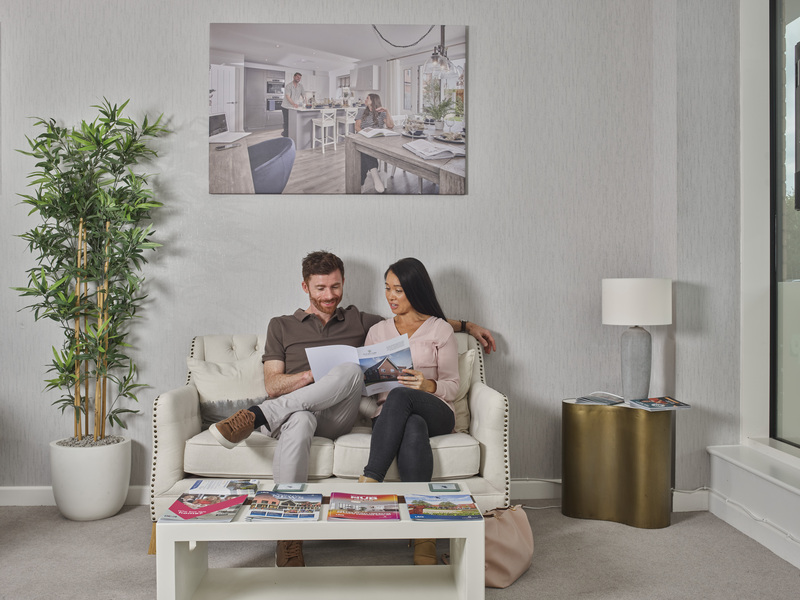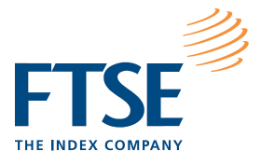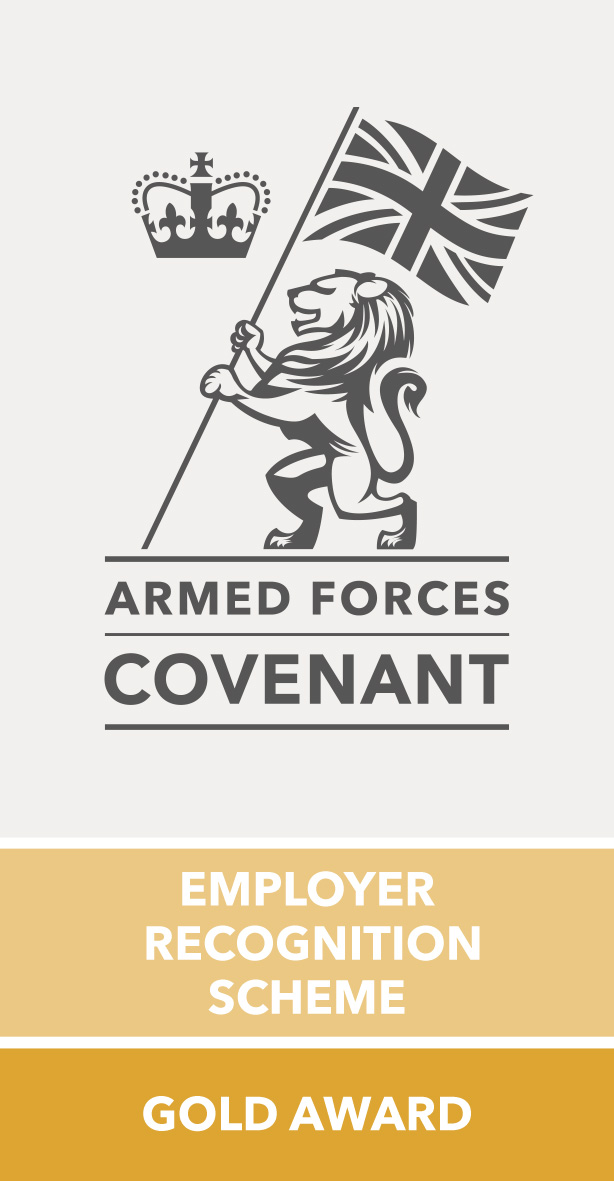Buying a new build home is an exciting journey but it's natural to feel a little out of your depth along the way, especially when it comes to understanding mortgages. While getting a mortgage for a new build is similar to purchasing an older home there are key differences to keep in mind.
In this straightforward guide, we'll explain everything you need to know, so you feel confident and in control every step of the way.
What is a new build mortgage?
A new build mortgage is a home loan designed specifically for buying a newly constructed property. While new build mortgages work much like a standard mortgage, they often include specific features tailored to the unique needs of purchasing a new build.
Can you reserve a new build without a mortgage?
Yes, you can typically reserve a new build property without having a mortgage in place. However, at this stage, we would need to complete some basic qualifying checks with you, such as ID and source of funds, along with discussing how you plan to fund the purchase of your new home. With Countryside, you can secure your dream home with a reservation fee, and we'll take the property of the market for you while you arrange financing.
It’s important to note that the reservation fee may only be partially refundable if you're unable to secure a mortgage or choose not to proceed. Many buyers find that obtaining a mortgage agreement in principle (AIP) before reserving a property can help them feel more prepared.
However, keep in mind that an AIP isn't a guarantee of mortgage approval – it's simply an indication of what you might be able to borrow.
When to apply for a mortgage on a new build
Timing is key when applying for a mortgage on a new build. Once you've reserved your home, you typically have 28 days to exchange contracts. Some lenders may need more time to process your application, it's generally advisable to get started on your mortgage application as soon as possible.
Specialist Independent Mortgage Advisors (IMA) who specialise in new build homes often have extensive knowledge of the market and lender relationships. IMA's have access to many mortgage lenders, rather than one, which can be the case with a mortgage advisor working directly for a lender. Some buyers find using an IMA helpful in simplifying the process of applying for a mortgage.
We recommend you seek independent legal and financial advice and are free to choose your own mortgage broker. However, should you require it, we can put you in touch with an IMA experienced in new build homes to help guide you. Sometimes this could be someone who has previously assisted many of our existing buyers. Our recommended IMA's often have access to exclusive new build products and rates, they may also be able to access lenders with 12 month offers for new builds.
If you're buying a new build home off-plan, remember that most mortgage offers are only valid for six months. If your new home's construction is expected to take longer, it could be worth talking to your lender about extending the offer's validity upfront, as this could help you avoid having to reapply later. Your IMA will be able to guide you on which product is best suited to meet your needs in this situation. By planning, you'll have one less thing to worry about as you move closer to your new home.
How to get a mortgage for a new build
Applying for a new build mortgage involves several steps, including:
1. Speak to an Independent Mortgage Advisor (IMA): They will be able to give you guidance on your affordability.
2. Obtain a mortgage agreement in principle: This is an early indication of how much a lender may be willing to let you borrow. Having one reassures developers that you're a serious buyer.
3. Reserve your home: Choose the new build property that's right for you and secure it by paying the reservation fee, subject to ID, proof of funds checks, etc.
4. Submit your application: Depending on the build stage of your home and with the advice of your IMA, who will be able to complete your mortgage application as soon as possible.
5. Valuation and approval: The lender will then arrange a valuation of your property. Once this has been confirmed and given the go ahead, your documents are underwritten and approved, and you will receive your formal mortgage offer. From here, you can exchange contracts, pay your deposit and set a completion date.
How much can you borrow for a new build?
Lenders usually offer up to between four to five times your salary, but the exact amount can vary based on your circumstances. Lenders have higher affordability for first time buyers, and sometimes for new build homes, meaning some lenders will consider allowing you to borrow up to six times your income. Keep in mind that factors such as your credit history and the size of your deposit will also play a role.
For a clearer idea of what you may be able to borrow, it might be worth using a mortgage affordability calculator as a first step.
How can I get a new build mortgage with a small deposit?
There are ways to make owning a new build more achievable, even with a smaller deposit. Here are some helpful options to consider.
The Deposit Unlock scheme
The Deposit Unlock scheme lets you purchase a new build home with just a 5% deposit. Created in collaboration with major homebuilders like ourselves, it's designed to open the door to homeownership for first-time buyers and those looking to move.
Shared ownership
Shared ownership lets you purchase a portion of a property (up to 75%) and pay rent on the remaining share. This reduces the mortgage and deposit size you need, making a new build home more attainable if your savings are limited.
First Homes scheme
The government-backed First Homes scheme offers a minimum 30% discount on the market price of a new build home. Designed specifically for first-time buyers, this initiative makes getting on the property ladder easier by reducing upfront costs and helping you secure a mortgage with a smaller deposit.
Can you get a 95% LTV mortgage on a new build?
Yes, 95% loan-to-value ratio mortgages are available for new builds, meaning you only need a 5% deposit. Alternatively, you can use dedicated schemes like the previously mentioned Deposit Unlock or Shared Ownership. Some lenders may also offer standard 95% mortgages for new builds, but availability can differ, and lending criteria may be stricter.
Are interest rates lower on new builds?
Interest rates for new build mortgages can be different than those for older properties, as lenders assess the specifics of the loan. The good news? There are several schemes that might help you get lower rates, including tailored schemes designed to help you save.
For example, the Own New Rate Reducer scheme helps buyers unlock lower mortgage interest rates for the first two or five years of owning a new home. Under this scheme, the property developer contributes 3% or 5% of the purchase price, helping to make your mortgage repayments more affordable over the fixed period.
Similarly, the First Homes scheme mentioned above offers a discount of at least 30% off the market value of your first home. This not only lowers the upfront costs but also helps keep your monthly mortgage payments more manageable.
You may also be able to find lower interest rates by comparing options across different lenders. Some buyers also find it helpful to work with mortgage brokers to explore the range of options available to them. With the right guidance and support, owning a new build home could be more attainable than you think.
When do you start paying your mortgage on a new build?
You'll begin paying your mortgage once your purchase is complete, just as with an existing property. Your lender will provide a letter confirming the amount and date of your first payment, so you'll know exactly what to expect.
Can you port a mortgage to a new build?
Yes, you can sometimes transfer, or 'port', your existing mortgage to a new property, including a new build. This could help you keep your current interest rate, which might be lower than the rates currently available on the market. Porting can also save you from paying an early repayment charge, as it allows you to continue your existing deal.
That said, porting isn't guaranteed. In the first place, not all lenders offer this option. Reviewing your mortgage agreement or speaking with your lender can help clarify your eligibility. Moreover, when you request to port, your lender will treat it as a new application and review it against their current criteria, which may have changed since your original agreement. Changes in your circumstances could also affect your eligibility.
Take the next step towards your dream new build home
By getting to know the new build mortgage process and exploring your options, you'll feel ready to take the next step towards owning a home that's right for you. For more insight, browse our range of blogs we've published to support you every step of the way.
At Countryside Homes, we're proud to be a 5-star rated housebuilder specialising in creating places people love to live. If you feel ready to find your dream home, browse our sought-after locations across the country or get in touch with our friendly team to find out how we can help you on your journey.
Disclaimer: This content is provided to help inform your decisions but isn't intended as financial advice. For tailored support that aligns with your goals, we recommend consulting a professional, such as a mortgage broker or financial adviser.









